
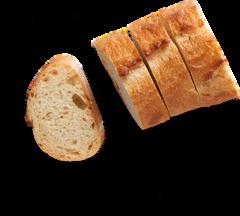

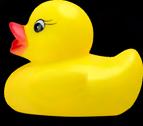
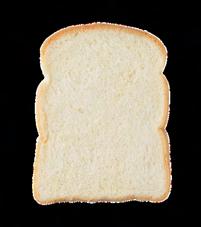
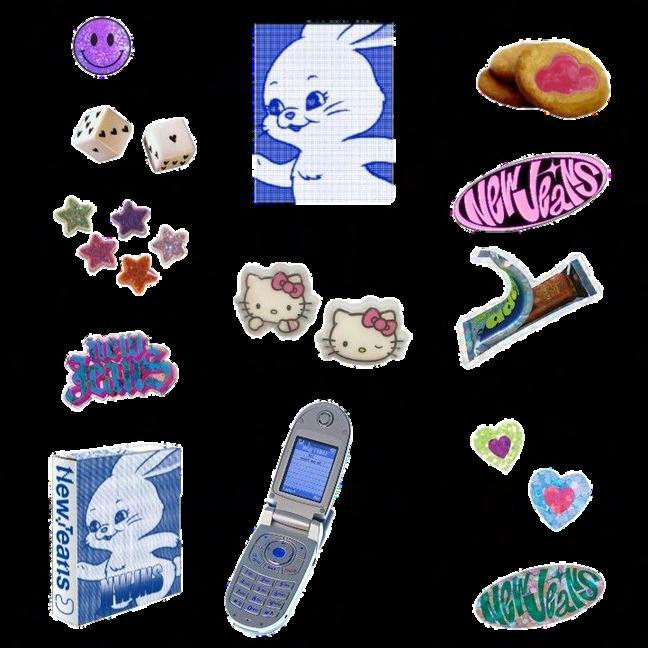


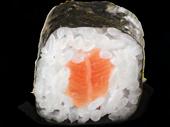
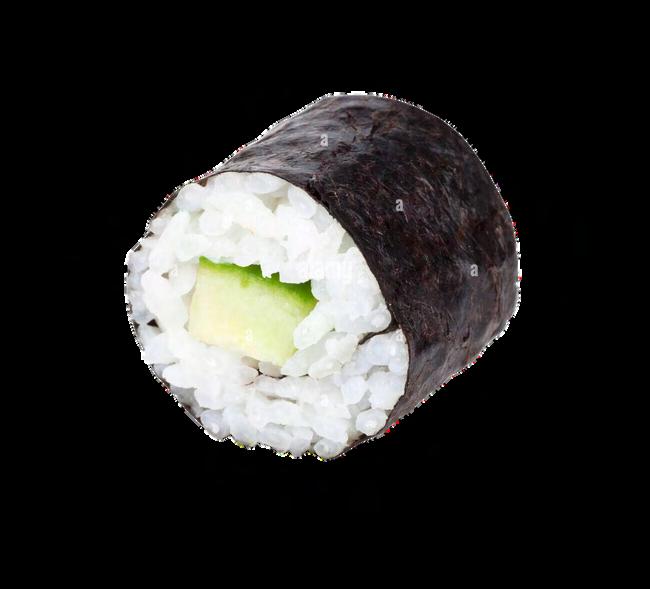
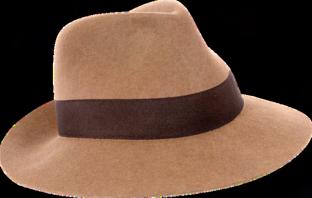
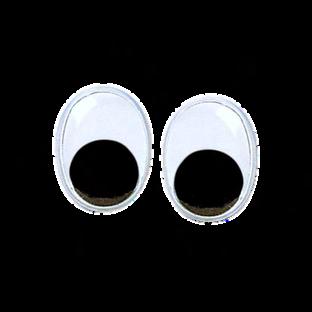

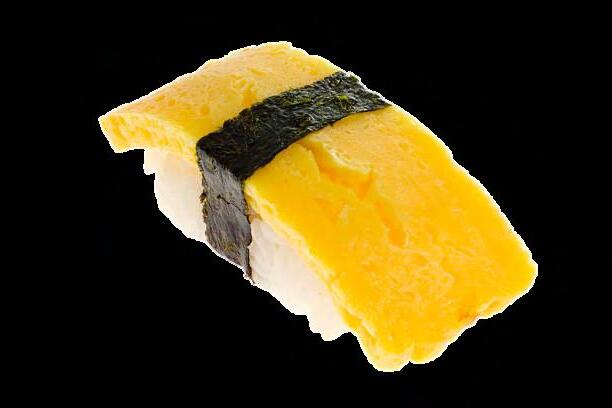
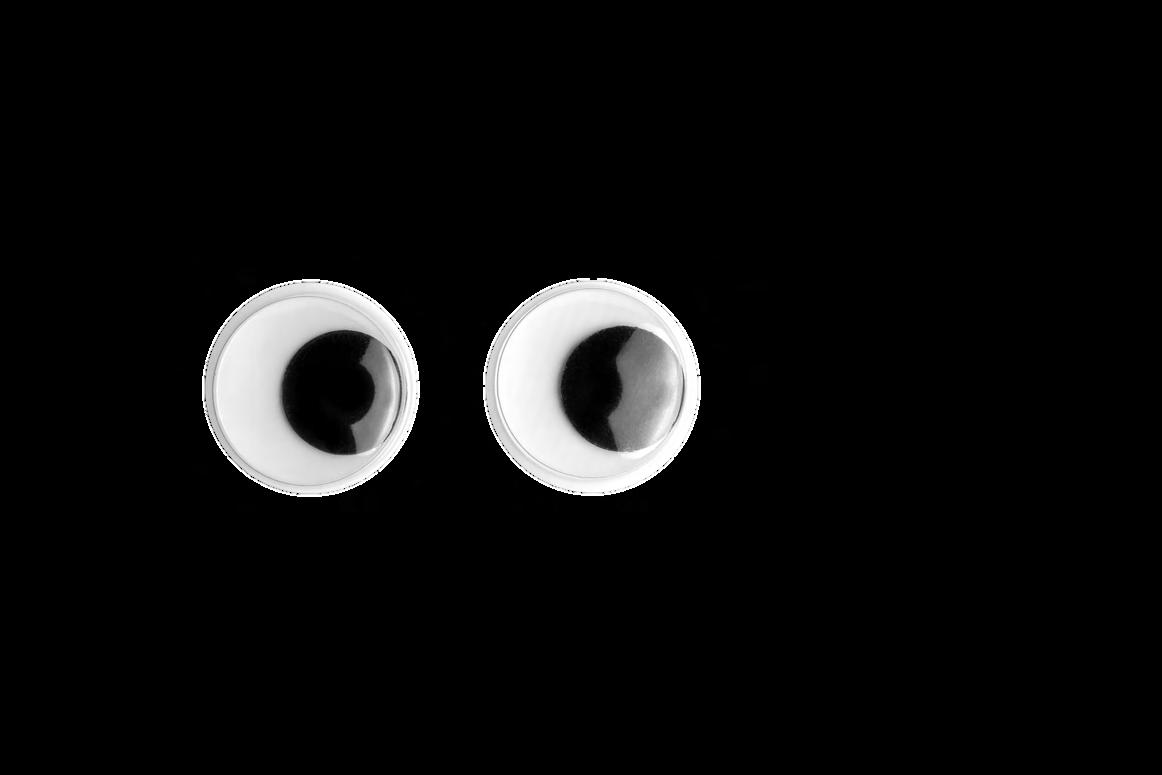
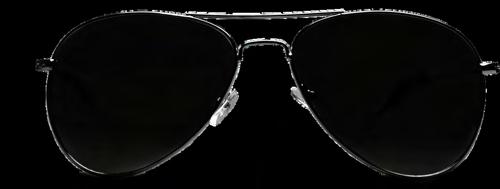
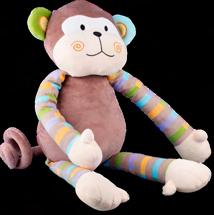


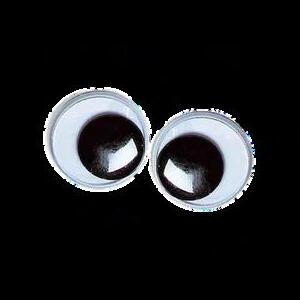
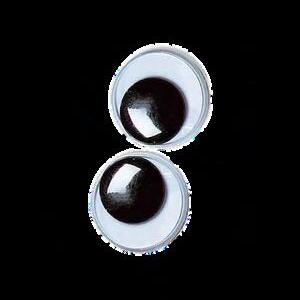
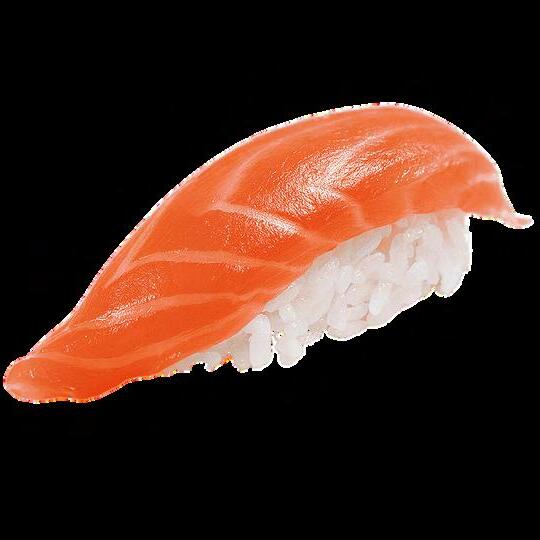
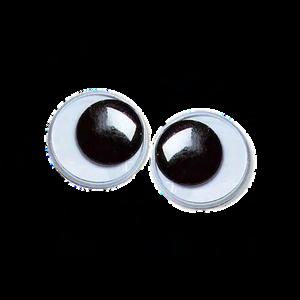

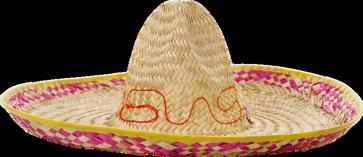
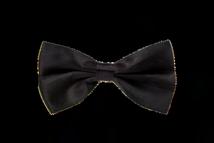
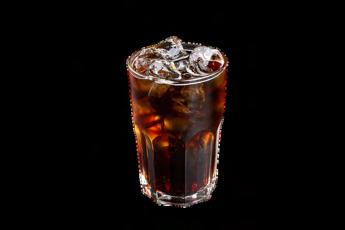
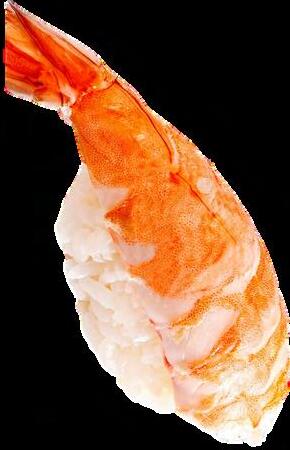

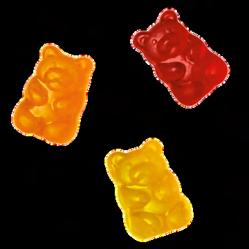
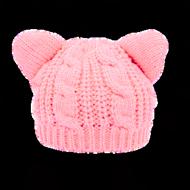
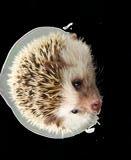




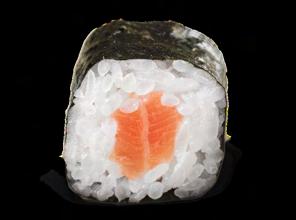
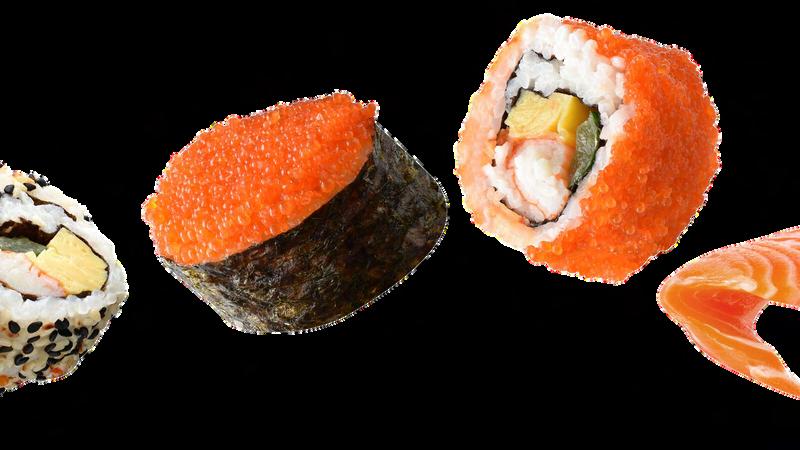
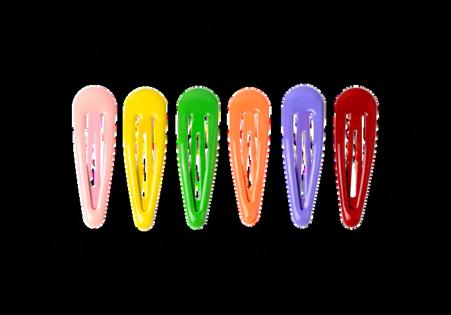


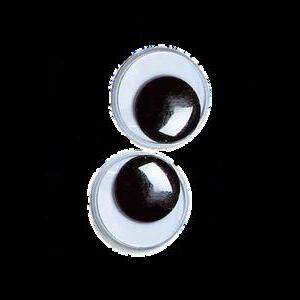















































































orange for salmon, our group's favorite sushi ingredients!



Our assorted sushi mascots have their own personalities to reflect the diversity and creativity brought by our ADM and WKW minds to the DD3 fusion restaurant. Thus, we proudly adopted the name "The Overthinking Sushis”.

As we embark on our creative process journal with Information Visualization, I hope it flows as smoothly as a sushi belt.

Researching makes our stomach growls...





2
Workshop 1-1: Emoji ice-breaker

3 4 5

Workshop 2-1B: Expressive Lines 2
Workshop 2-2: Visual Variables
Workshop3: Visual Dictionary
Task 1B: Observable Surroundings
Task 1C: Observable Surroundings
WEEK 4
Task 2B: Meal Diary



Task 3B: Retail Therapy
WEEK 5
Workshop 4: RAWGraphs















To avoid misunderstandings, I used a few emojis to represent one word or generalising it instead of being specific. For example I wanted to express that I was a science student before coming to uni. Hence, I had to used these emojis “ ” as there isn’t a “science” emoji.
AHH NO, volunteering!
“Emojis interpretation can either be very straightforward or multifaceted. Apple has over 3,600 emojis, which are a good tool to compliment texts, but are certainly not a definite replacement for written words ”




Don’t like wearing socks? No, I just i don’t like the color of grey socks!

It was definitely challenging to express niche hobbies/actions as compared to guessing our favorite foods. Giang expresses her love for volunteering with this emoji , however we misunderstood it as loving physical touch (hugging!)













Journalism is surprisingly easy to guess.

I’m more proficient with words, so expressing myself with visuals was a little hard. Also I wasn’t sure if the way I interpreted an emoji would be the same as other people who were viewing it




Are you a blueberry lover?
Giang






No no, my favorite color is blue!







I enjoyedseeinghow myfriendsdidtheir pieceswithcontrasting expressionsofstrong emotionsinharshlines orcalmnessinwaves


linesThesemonochromatic allowedmetoget team’sabetterglimpseofmy andthoughtprocess personality.






Overall it was weirdly therapeutic for me.
Seeing emotions consolidated into a single line on paper also solidify how that emotion feels to me whether love is a fuzzy round ball or calmness is one solid circle that is balanced on all ends and equal on all weights.



















Our most represented emotions seems to be “confusion” & “calm”!



































Jayne stands out with her defined, rounded expressive curves.
In one way or another, most of us represented confusion as a form of chaos




distinct experiences or related to various objectives & situations in different phases of our lives that caused us to perceive emotions







My definition of "calm" refers to a transient occurrence with only a single climax/setback.
Repetive, unevenful, smoothsailing time period





It’s intriguing how everyone’s expression and interpretation of emotions are so drastically unique - Maybe our experience with anger and our perception of peace are specific to our lives. Just as no two fingerprints match, each person's perspective on life is a one-of-a-kind masterpiece. (Gasp!)















‘Anger’ was the most easy to identify , as it was drawn with harsh lines that expressed strong emotions.”






























Some of us drew love as overflowing curves page while some drew it as a tiny shaded circle.”




















Jeng Jee and I expressed joy like a rainbow explosion or blooming petals (Possibly hinting a connection that may exist between us?)
Expressing my emotions visually felt liberating and validating. It allowed


Mark-making aggressiveness





Line style and colours work together to create a cohesive visual











Fromlines1to10,I liberatedmyselffrom overthinking,allowingmy handtoguidethe creation,capturingthe essenceof"expressive lines"beyondmere aesthetics. Giang










Whenyoudon’t overthink,you actuallydraw better.Drawn with left hand

Giang
Eachpapersheetwas currentshowcase/insightlikeapersonalityto thoughtsfor eachofourmembers




Edgylinesmatched Jayne’soutfitstyles
ThebestpartofitwasthatI wasn’tthinkingtoomuchand simplyallowedanythingthat ontocametomindtotranslate creativitypaper.That’swhenmy reallyflowed.
















beAsanartist,therewill mightmomentsthatclients requestforthings tobedoneinacertain way.Westillcanmake themostoutofthe givenperimeters.












I enjoyed getting into the movement of things with each box challenging our perspective in different ways. It was all representative of my headspace .


 Jayne
Jared
Jayne
Jared
It’s fascinating how we should ‘be within the box’ but also ‘think outside the box’.









Thisactivity mirrors real- world scenarios, where clients andaudiencesmaysetspecific designconstraints.Yetit'san opportunitytonurtureartists tolettheircreativityflourish whilestilladheringtothe guidelines!







If we view restrictions from a positive point of view, it encourages us to think out .” Like how “rules are meant to be broken”.











Being limited to basic shapes was challenging for cute characters and icons have always been in my designs. Hence, I returned to my comfort zone here.


canButIrealisedbasicshapes conveythe lawsinthe simplestway. Aslongasyou anyapplytherulesofproximity, togethershapesthatareclosewillbeperceivedasthe“samecategory”.

Thesimilarityprinciple,akintoanewspaperdesign, amplifiesreadercomprehensionthroughthedeliberate spacingofparagraphstosignifydistinctnews categoriesorsets




Jeng Jee
Itwas challenging differentiating certainlawsfrom eachother


Since a single design can encompass multiple Gestalt principles simultaneously!

















hmm... is this emphasis or law of figure ground?


Jayne
Ilearntthatevery designchoicemade




Emphasis Similarity

I used shapes, dotted lines, and white spaces, to create good proportion and visual harmony within my composition






I like using














It was interesting to learn the different ways we could present data and grouping them by recognisable patterns, similar group elements, space etc.



Jayne designIsawthisactivityfromamore thandataperspectivewhichIrealisedcancreate interestingvisuals.




theIsimplyexaggerated visualizationlawsineverytobe distinctabletoallowforidentification.
Ifocusedonthe emphasisofmaking surethatthelawswere representeddistinctly

























Did you know: the roll of the dice in Monopoly has the power to either make you a billionaire or a prisoner!


My teammates came up with some very thought-provoking categories like “things that make me laugh or cry” for a













A lanyard could also be something attached to the wall!


While we had some outliers, some of our categories had way too many objects.
My favourite category was “items attached to the wall” because each item had a different purpose but could be found in similar places.






Hall key fob an sunscreen are a musthave in all our purses!






Wecancreate interestingdatagroups byassociatingwiththings aroundusemotionally.









categorising items this way, we also reached a collective agreement on universally cherished objects



















The exercise not only honed our analytical skills but also underscored the power of organization of information, simplifying the visualization of extensive data.

It was eye-opening to transform mundane belongings into meaningful groups, shedding light on patterns and insights we often overlook!








When we expanded our range, it actually became more difficult to categorise them as some objects would fit more than one area.





Everyone had a different way of categorising the items but once we started communicating our thought process, we managed to












Itwascertainlymost challengingto decide which elements or data set





I tried to assign simple shapes to the data while using size and length to





isTurningdataintovisuals like giving it a makeover to make it super easy for viewers to spot patterns and see what our objects have in common – it's all about making data fun and friendly!





Counting those items was a bit of a brain workout, and getting them all down just right was quite the adventure! We definitely need some sushi after this!














I felt like categorising the objects based on the amount/number of it was one of the easiest way to represent the data
 Jeng Jee
Jeng Jee
With so much data being presented, it was challenging to decide which colours/shapes could best represent the data.




crucialtohavelegends (Andtocolourcode youriconsdistinctly)as theyarethebasisof








Counting all those items was a bit of a chore, but hey, once we did the heavy lifting, anyone checking out the info could breeze through it in no time!
I focused on representing the data and numbers with only colour and shapes felt that focusing on all

peasyImadeiteasy-groupbygivingeach apopof colorsbasedonthe markershadeswe usedtowritethe






Eatinghabits analyzingmadeeasy withvisualmodels.




It was interesting that data could be represented in any form and it is ultimately up to one’s creativity.






My own eating habits stood out to me. I never realized d that I am someone with very consistent eating habits.









Jared and Jeng Jee were like




Identifyinginconsistent mealtrends









home-cookedmealsareabsent

Sunday’s my sleep-in day


Mon & Tue: My morning caffeine buddies for those early classes!






theIwasabletotrack consumedamountoffoodI andtoeatingwhatdegreemy consideredhabitswere “healthy”
Jayne
REALLYTheseeatingpatterns suggestthatthe chartsdepictthelifestyle ofuniversitystudents consistentlivingindorms,whereGiang

90.1% of our purchases made in Jurong
90% of our purchases were spent on food
63.6% of our purchases were made after 4pm

81.8% of our purchases were less than 5 items
ONLY 18.2% of the items bought were on Sale
72.7% of receipts had a unit number


81.8% of our purchases were made with debit/credit cards
91% of our receipts had no extra charges for carriers





ONLY 27.3% of the receipts had stains on the it
ONLY 9% of the receipts had no description
12. 18.2% of the receipts
most of us stay in the west
Jaredwe eat ALOT
most us were out and about during the late afternoon
we are not bulk buyers



some of us are not concerned about price
Most purchases were made on site majority of us used digital modes of payments
majority of us are environmentally friendly


most of us are tidy
one person does not know what he/she bought!




some of us can read more
Most purchases were in the west, tied to our school commitments. Data inference was surprisingly intuitive.
I noticed that most of us spend our money on food because we eat out frequently. Our busy lives really make it challenging to cook.
Jayne
As university students, we mostly spend on food because it's quick, efficient and suits our student lifestyle.












Data says it all, we mainly bought food and drinks under $10, reflecting our budgetconsciousness.
We've never scrutinised our receipts like this before. The challenge was the process of cherry-picking the most insightful information to highlight Giang







We could have categorised the receipts into retail, food etc. from the get-go and assign one person to one category to ensure that receipts are neatly organised and easily identified.



We could have split the reciepts amongst our group members to brainstorm a few ways to categorize data beforehand according purpoe, price, time, venue.tc
Arranging our purchase information chronologically, hierarchically or by emotional reasonings beforehand might do the trick. This would offer a more persuasive and clear communication for our analysis purposes.












If we could utilize intuitive visual cues like font sizes, color, thickness and opacity while organizing the data, it would be much more efficient to analyze than reading through every percentage column as we are doing now.
On the data collector's side, of course it's always messy. But if we can simplify information into shapes and color by using the suitable data sorting tools, retrieving information will be much less time-consuming!
(https://www.perceptualedge.com/blog/?p=1829)






























This is the sunburst diagram I did using “ Aromas of wine and frequency”


These user-friendly interfaces made data organization more intuitive for us!



Asunburstdiagramshows concentrichierarchythroughaseriesofrings,whereeachring hierarchy.correspondstoalevelintheEachringissegmented proportionallytorepresentits constituentdetails.






https://chartexpo.com/charts/sunburst-chart
https://chartexpo.com/charts/sunburst-chart


Analluvialdiagramsimplifies complexdatabyshowinghow interactcategorieschangeand situations.overtimeoracross spottingIthelpswith trends, andunderstandingrelationships, makingsmarterdecisions.





A very aesthetic and easy to understand alluvial diagram that shows Europe’s migrant crisis.
You’ll never get bored analyzing all these data!








dimensionsAbubblechartdisplays3 of data, two of whichtheplotsthedataonalocationof graphthroughitsxylocation and the 3rd dimension, in relation to the dot’s size which



Amorecomplexexample ofabubblechart, representingexoplanet locationsaccordingto distanceagainstsurface temperatureofthe planets.



This was a simple bubble chart I generated using the temperatures in Paris during World War 2 data set.











Uniformsushisthis timerepresenting howweALLagree onthis!























